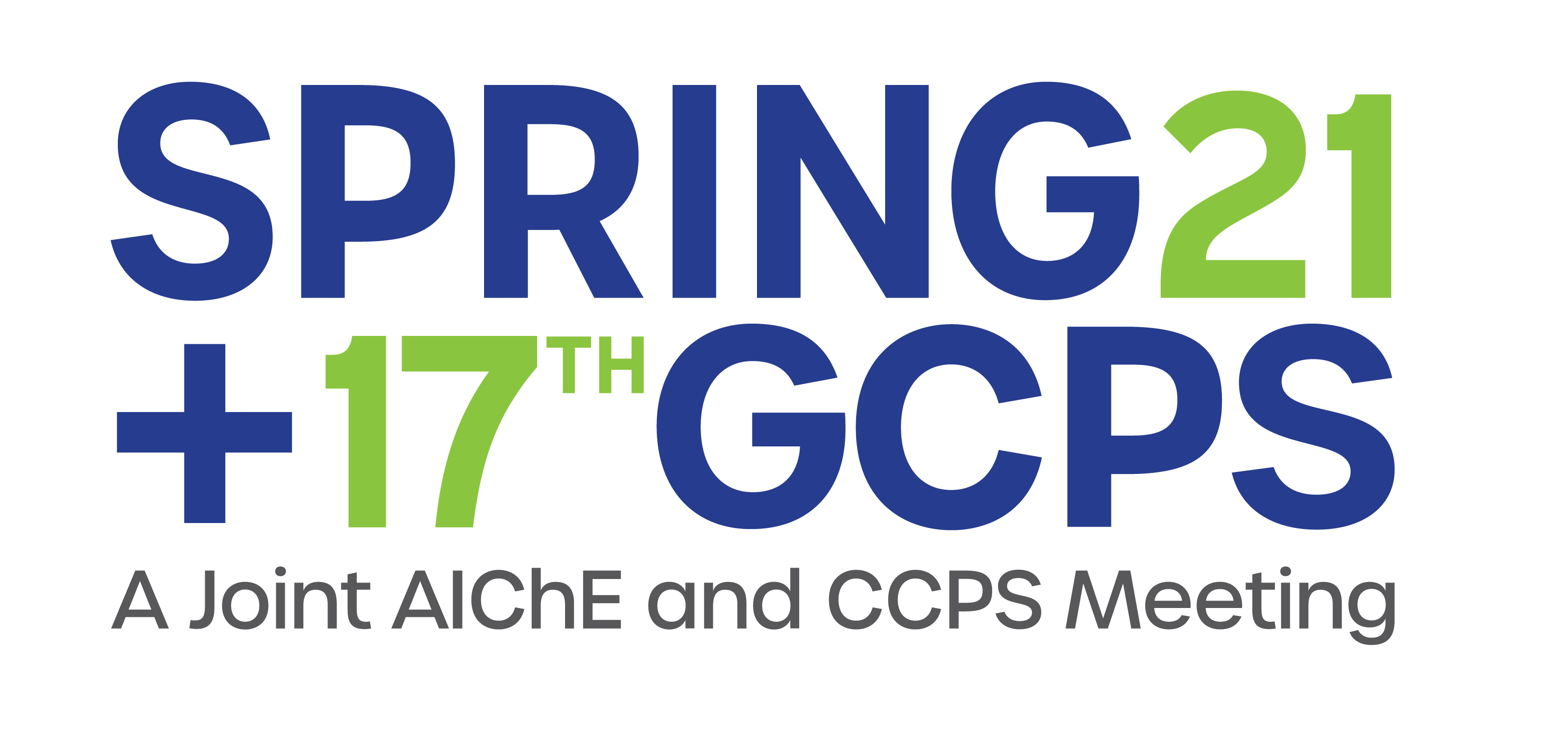

For this study, different fluids, with a high industrial interest, have been selected (e.g. ethanol, kerosene, and diesel) to be tested in a new apparatus based on the standardized 20L explosion sphere. A new fluid injection system was deployed using siphon / gravity-fed spray nozzles comprising a Venturi junction and proposing a wide variety of dispersion performances. This system was controlled using a specifically dedicated program which ensures the versatility of the apparatus and its adaptability to the different liquids tested. It allows a fine control of the gas carrier flow, the liquid flow and both the injection and ignition times, which makes it possible to change the dilution rate for a desired particle size distribution. Ignition can be performed by using chemical igniters or permanent sparks.
Using an in-situ laser diffraction sensor, the droplet size distribution (DSD) was determined for the various fluids dispersed into the 20L sphere. Particle Image Velocimetry was implemented to assess the mist turbulence. Several tests were performed in the 20L sphere to determine the minimum ignition energy, the lower explosivity limit, the maximum explosion pressure (Pmax) and the maximum rate of pressure rise (dP/dt max) of hydrocarbon mists. For instance, for a DSD centered at 55µm, a maximum pressure of 9.17 bar and a maximum rate of pressure rise of 1590 bar.s-1 were found for ethanol. As for kerosene, for a DSD centered at 80µm, 8.76 bar and 570 bar.s-1 were found respectively.
Experimental results (Pmax and burnt gas composition) were compared with numerical data obtained with Chemical Equilibrium with Applications. Design of experiments methods were applied to stress the sensitivity of parameters such as the chemical nature of the fuel, the DSD, the turbulence level or the mist temperature (gas/mist ratio).
These first results already allow to propose a new protocol to determine safety parameters for hydrocarbon mists and provide tools leading to hazardous area classification.
Preview Presentation
Presenter(s)
Language
Pricing
Individuals
| AIChE Member Credits | 0.5 |
| AIChE Pro Members | $19.00 |
| AIChE Graduate Student Members | Free |
| Safety and Health Division Members | Free |
| AIChE Undergraduate Student Members | Free |
| AIChE Explorer Members | $29.00 |
| Non-Members | $29.00 |
